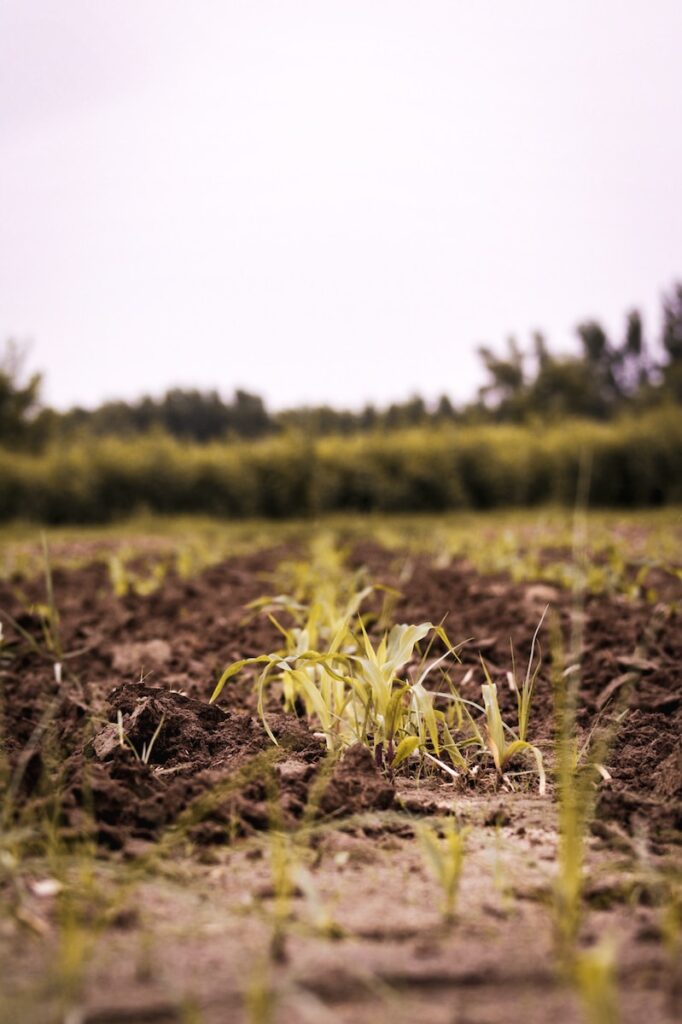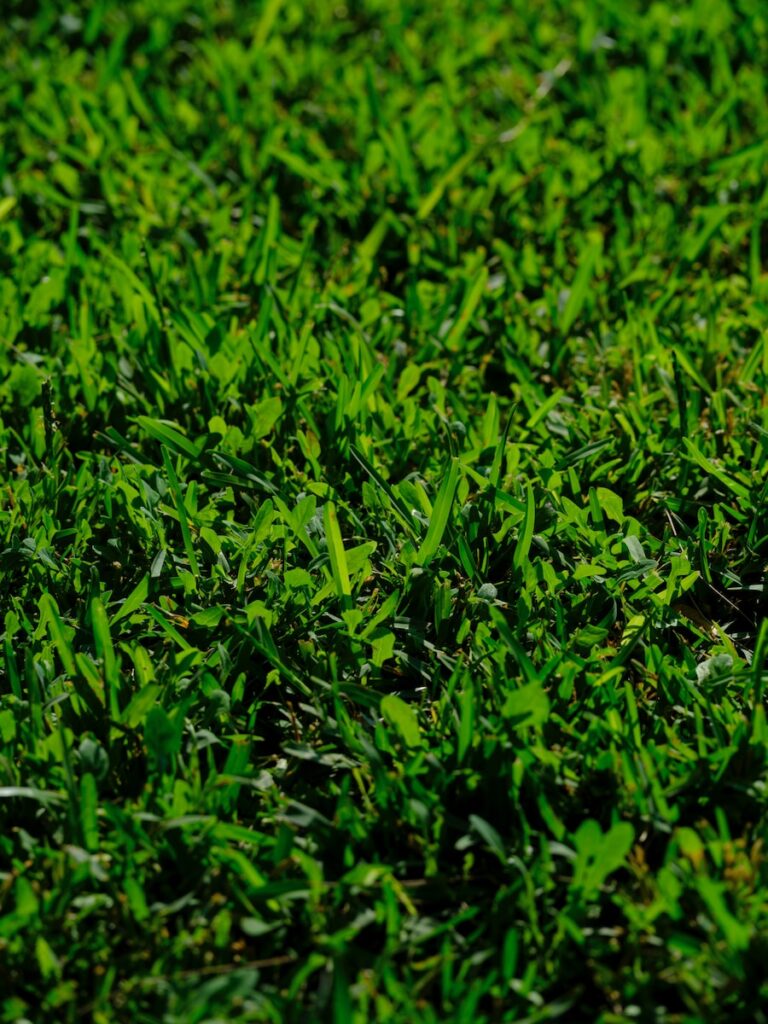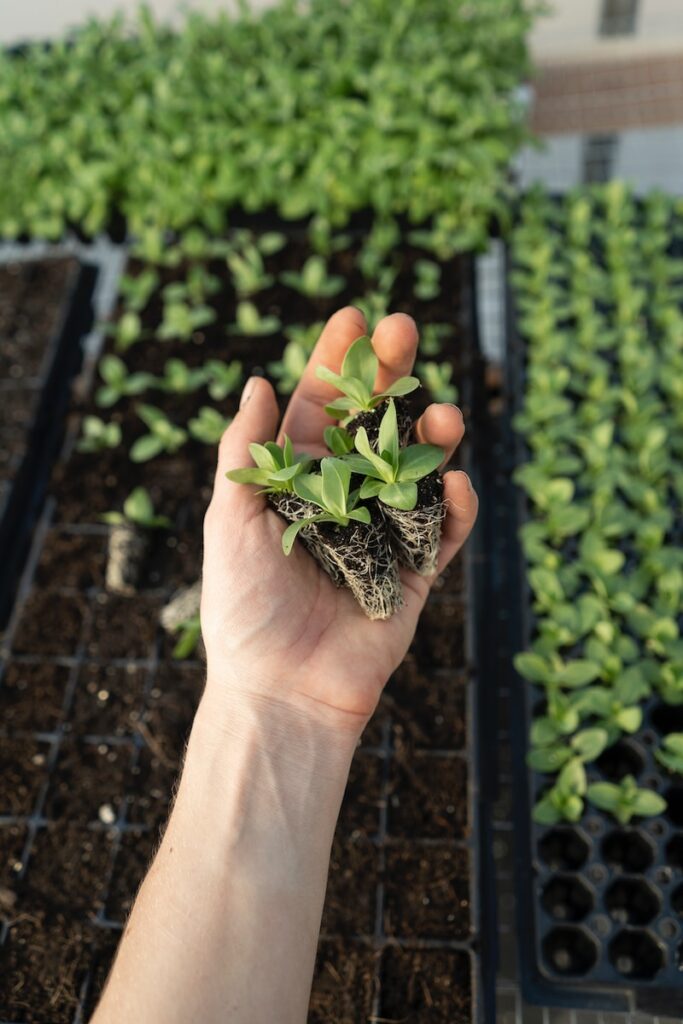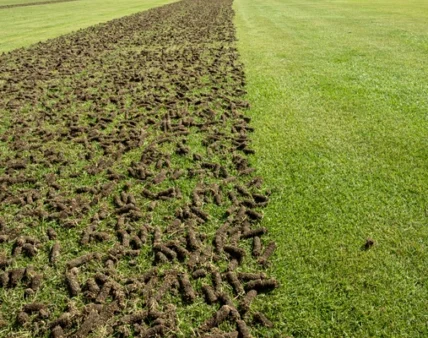Core Aeration
Improve Lawn's Health and Look By Aerating The Soil
What is Core Aeration?
Core aeration is a process that involves removing small plugs or cores of soil from your lawn. This technique helps to alleviate soil compaction, improve air circulation, and enhance water and nutrient absorption. Core aeration helps grass roots breathe, leading to healthier growth and a more vibrant lawn.
Watering your lawn is crucial for maintaining its health and promoting lush, green grass.
Here are some tips for watering your lawn effectively:
- Water deeply: It’s better to water your lawn deeply and infrequently rather than shallowly and frequently. This encourages grass roots to grow deeper into the soil, making them more resilient to drought conditions.
- Water your lawn in the morning to let it dry out during the day and lower the chance of disease. It also ensures that the water has enough time to penetrate the soil before the heat of the day causes heat.
- Use the correct amount of water for your lawn. It depends on factors like grass type, soil type, and weather. As a general rule, aim for about 1 inch of water per week, including rainfall.
- Avoid soggy can lead to shallow root growth and increase the risk of disease. You can conduct a basic test to ascertain if your lawn requires watering by stepping on the grass. If the blades spring back up, your lawn doesn’t require additional moisture.


Core Aeration Benefits: Why You Should Aerate Your Lawn
Core aeration is a crucial practice for maintaining a healthy and vibrant lawn. Core aeration improves your lawn by removing small soil plugs, resulting in a lush green paradise. Here are some key benefits of core aeration:
1. Enhanced Nutrient Absorption: Core aeration allows fertilizers and other soil amendments to reach the root zone more effectively. This improves grass health, increases resistance to diseases, and promotes a more vibrant lawn. Compacted soil restricts root growth and prevents water and nutrients from reaching the grass roots. Core aeration helps alleviate soil compaction, creating a healthier environment for your lawn to thrive.
3. Compacted soil hinders the absorption of water, causing surface runoff instead of enhancing water infiltration. Core aeration allows water to penetrate the soil more easily, reducing runoff and promoting deeper root growth. This leads to a more drought-tolerant lawn that requires less watering.
4. Enhanced Air Circulation: Adequate air flow is essential for the healthy growth of roots. Core aeration creates pathways in the soil, enabling oxygen to access the roots and aiding in the gas exchange process. This encourages robust root development and enhances the overall health of the plant.
5. Less Thatch: Thatch is a buildup of dead grass, roots, and organic matter on the soil’s surface. Excessive thatch can prevent water, air, and nutrients from reaching the roots. Core aeration helps break up thatch, promoting a healthier lawn.

Grass roots play a crucial role in the overall health and appearance of your lawn.
Here’s why they are important:
- Nutrient absorption: Grass roots absorb essential nutrients from the soil, which are necessary for healthy growth. By watering and aerating properly, you help your lawn grow strong roots and get enough nutrients.
- Drought tolerance: Deep-rooted grass is more resilient to drought conditions. Grass roots can reach water in lower soil layers when they go deeper into the soil. This helps your lawn to better survive droughts.
- Stability and erosion control: Strong and deep grass roots help anchor the soil, preventing erosion and promoting stability. This is especially important in areas with heavy clay soils or slopes where erosion is more likely to occur.
Aerating your lawn is an essential practice that helps improve the health and appearance of your grass. There are two main methods of aerating your lawn: spike aerators and hollow tines.
Spike aerators are tools or machines that create holes in the soil using solid tines. These tines penetrate the ground, creating small channels for air, water, and nutrients to reach the grassroots. Spike aerators are generally more affordable and easier to use compared to hollow tines. They are suitable for smaller lawns or areas with compacted soil.
However, hollow tines specifically remove small cores of soil from the ground. Typically, these cores measure 2-3 inches long and we extract them from the lawn, leaving behind empty holes. Hollow tine aerators are more effective in relieving soil compaction and allowing for better water and nutrient absorption. However, they require more effort and may be more expensive than spike aerators.
For larger lawns, many people opt to use aerator machines. These machines specifically design to make the aeration process quicker and more efficient. They can be either spike aerators or hollow tine aerators, depending on the specific model.
Gas or electricity typically powers aerator machines, enabling them to cover a larger area in a shorter amount of time. Professional landscapers or homeowners with extensive lawns commonly use them.
Contact Us Today
Ready to transform your lawn into a beautiful outdoor space? Contact us today for a free quote and let our team of experts take care of all your lawn mowing needs





